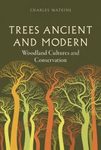![Bamboo Bamboo]()
Click to have a closer look
About this book
Contents
Customer reviews
Biography
Related titles
About this book
Bamboo has an unparalleled history; it is very old, and at the same time very new. Bamboo extends far beyond the boundaries of most plants – it is distributed widely throughout the world, and is utilized by hundreds of millions of people in a great number of ways. Through its myriad uses as food, clothing, paper and shelter, bamboo has met the physical and spiritual requirements of humanity since the earliest times. It is believed that the first books were written on bamboo, and there is evidence that it was used by humans more than 5,000 years ago for the framework of housing as well as musical instruments.
It also occurs in the creation beliefs of cultures across the globe. Bamboo plays a vital role in the survival of many animals and ecosystems as well as having unique characteristics, offering potential solutions to modern ecological dilemmas – it grows extremely quickly, for example, making it an easily renewable resource. With the advent of modern research and technologies, the use of bamboo has increased dramatically, elevating its importance to human society – it can now be found in the filaments of light bulbs, the skins of airplanes and the reinforcements of concrete. Bamboo is even a new material for today's modern bicycles. Bamboo draws on a vast array of sources to build a complete picture of bamboo in both history and our modern world.
Contents
Introduction
1. Distribution, Diversity and Classification
2. Horticulture
3. The Hand of Man
4. Modern Potentials, Today and Tomorrow
5. The Environment
Timeline
Appendix 1: Tribes and Subtribes of Bamboo
Appendix 2: Bamboo Gardens and Arboreta
References
Further Reading
Association and Websites
Acknowledgements
Photo Acknowledgements
Index
Customer Reviews
Biography
Susanne Lucas is Executive Director of the World Bamboo Organization and a horticulturist, designer, landscape gardener and consultant based in Plymouth, Massachusetts.
Monograph
By: Susanne Lucas(Author)
182 pages, 95 colour & 12 b/w photos and illustrations
"The book's perspective on bamboo is very wide-ranging, from its botany to its uses, history and cultural associations [...] What comes across is how widespread bamboo is and I am glad to see much discussion about the New World bamboos. Particularly exciting is the discussion of the vast range of contemporary technical uses; we may know about bamboo socks, but there is much more, with many new applications linked to sustainability [...] Bamboo is the latest in a series exploring plant groups in a rounded way, concentrating on human interaction with each plant. The production values are high and the books are set to become a collector's series."
– Gardens Illustrated
"This book is both a celebration and exploration into the impact this ancient plant has had on our world. From its early beginnings, to the diverse role bamboo has played in food, horticulture, navigation and architecture, the author takes us on a delightful journey through bamboo's majestic history. Complementing this colourful work is an assortment of photographs and illustrations, leading us through a curiosity shop of facts and timelines, and it is from these we sense the passion the author has for her subject [...] This diverse, radiant work is entertaining and enjoyable."
– The Garden (RHS)
"An attractive, lavishly illustrated new series, perfect for house gifts if you're visiting someone who'll welcome you with clean towels and a trowel."
– New York Times
"Susanne Lucas in Bamboo tackles the monumental task of documenting the enormous range of uses we have invented for this supremely valuable woody plant [...] [books in this series] are richly illustrated, contributing greatly to their attractiveness [...] they give us a window onto the rich worldwide stories of remarkable plants."
– Australian Garden History
"Titles in the Botanical series combine accessible horticultural writing and a look at a plant's cultural and social impact. The books are both scholarly and playful."
– Chicago Tribune
"Bamboo is not large, but it would still be a great coffee table book because it's so beautiful. Almost every page has exquisite color photography and many of the pictures are full page. The selection of illustrations is amazingly varied and well chosen, from vintage photography to mouth-watering pictures of bamboo-shoot meals. The book is unique in many ways. It integrates horticultural and botanical writing with a broader account of the cultural and social impact of bamboo. The appealing design of the book goes beyond the cover and pictures; the text is well written, providing plenty for everyone to learn, including many uncommon aspects of bamboo. There's a fascinating section on the history of books about bamboo in English, beginning in London in 1868 [...] This incredibly useful information is not presented in any other book."
– West Hawaii Today






























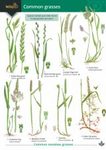
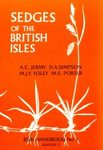
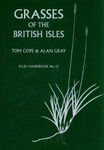
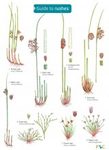
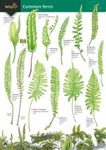




![Start to Identify Grasses [enlarged edition]](http://mediacdn.nhbs.com/jackets/jackets_resizer_medium/24/249274.jpg?height=150&width=112)











